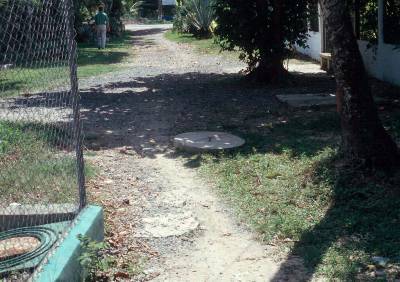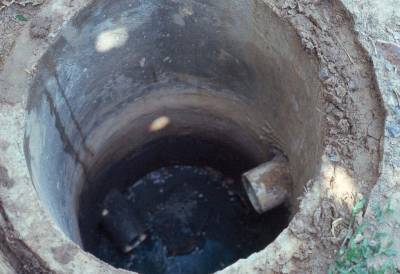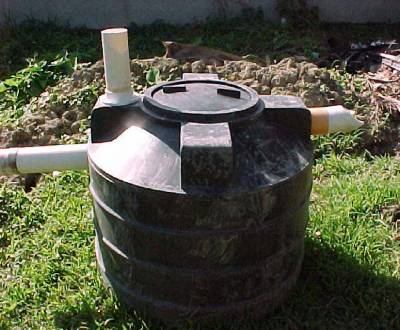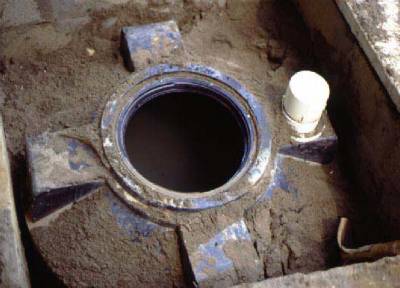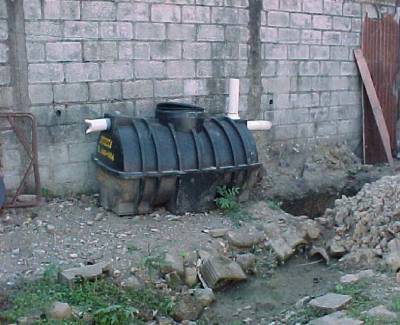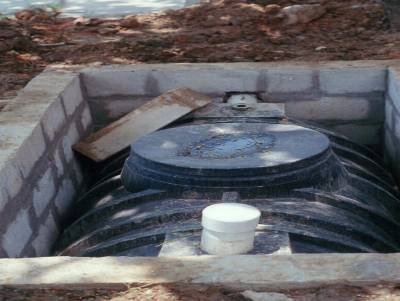Photo Gallery - Collection System
EPA Demonstrates a Viable and Sustainable Technology
to Treat Wastewater in Central America
US-EPA, Region 4, SESD, Athens, Georgia
[ Report | More Photos and Diagrams ]
|
The manhole for the central collection line for the number one WWTP. All the wastewater in the number one block arrives to this point and is diverted to the pumping station for the number one WWTP.
|
|
An open manhole. Typical influent and efflient line for the wastewater collection system. The manhole is approximately 3 feet deep.
|
|
A 650-liter septic tank prior to being installed in a home. The septic tank has an influent and effluent PVC pipe extending from the tank.
|
|
The inside of the septic tank. The PVC housing for the biotube filter extends downward through the septic tank.
|
|
Completed installation of the septic tank.
|
|
A 1000-liter septic tank prior to being installed. This tank was used to service more than one home.
|
|
Completed Installation. A 1000-liter septic tank in the ground.
|
|
A biotube filter being pulled from the septic tank housing for inspection.
|
[ Report | More Photos and Diagrams ]
![[logo] US EPA](../gif/logo_epaseal.gif)
